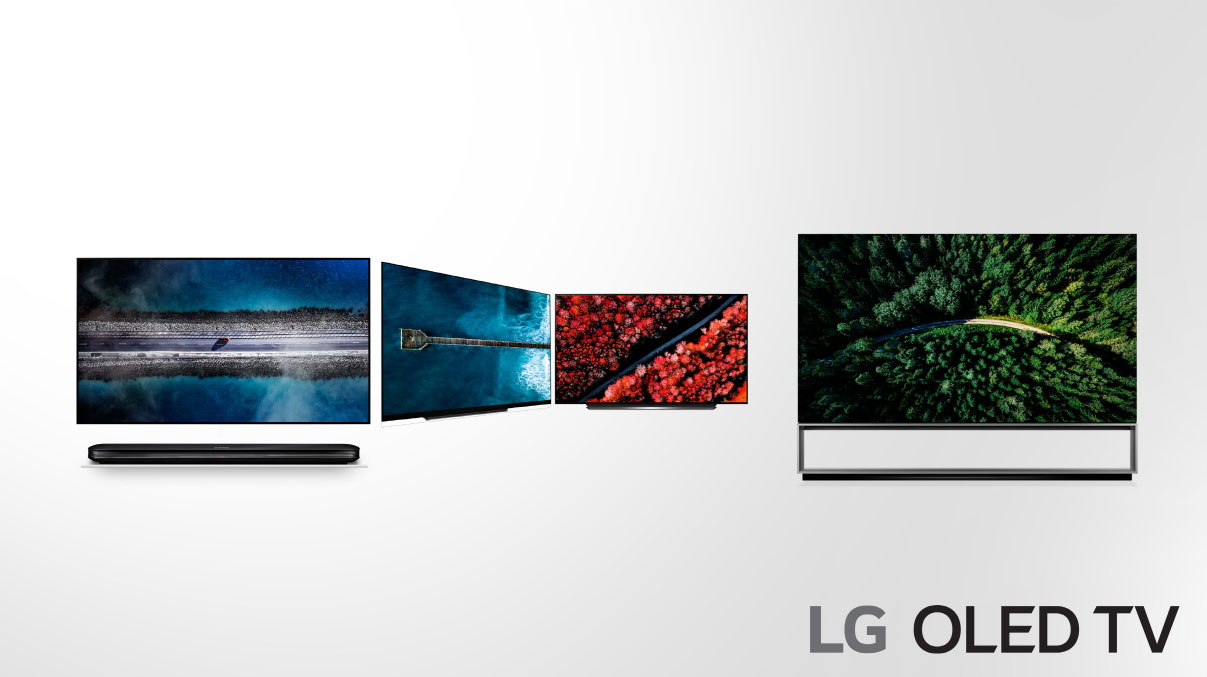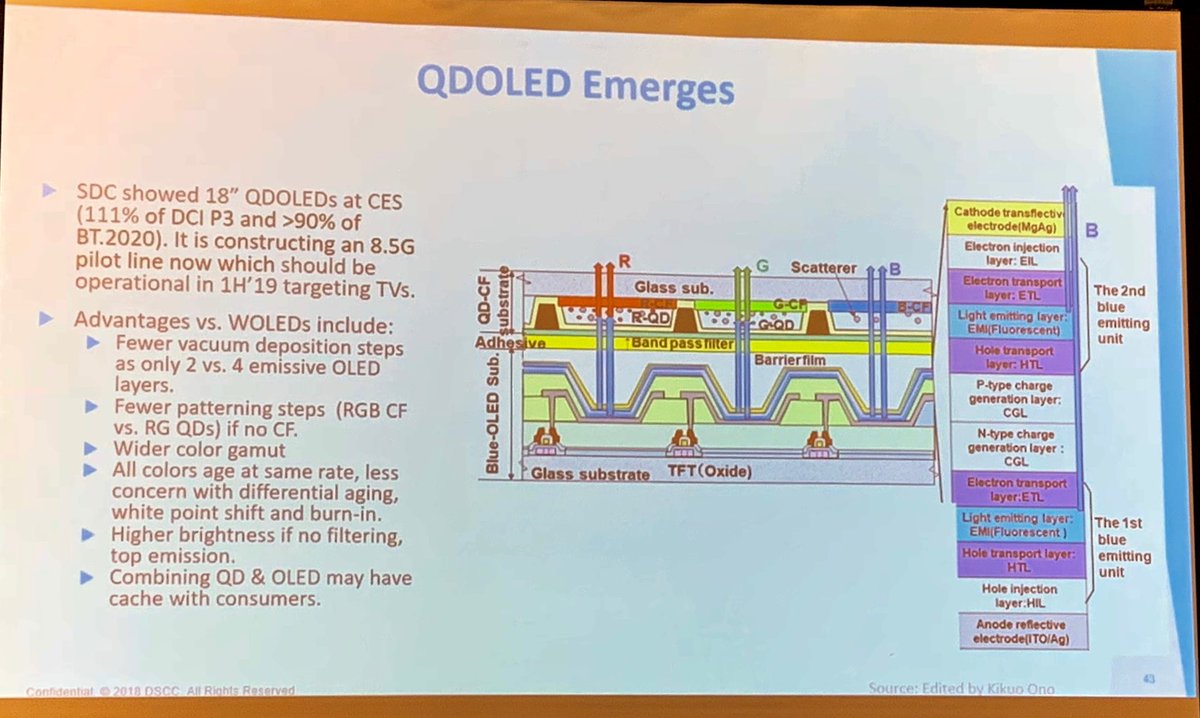LG unveils 2019 4K OLED TVs with HDMI 2.1 - C9, E9 & W9LG has announced that its OLED TV line-up for 2019 will comprise the C9, E9, and W9 ranges with 4K resolution as well as B9 that will come a little later in the year. The company also confirmed that its first 8K OLED model will be the Z9.
HDMI 2.1 is the headlining feature. Increased bandwidth now allows for up to 4K at 120 frames per second – also referred to as High Frame Rate (HFR) – inputs via HDMI. Last year’s models also supported HFR but only via streaming input.
- "
And through the inclusion of HDMI 2.1 ports, all 2019 OLED TVs and selected NanoCell TVs with ThinQ AI will support high frame rate (HFR). The result is smoother and clearer motion at 120 frames per second for better rendering of fast-action content such as sports and action movies," the company said.In addition, HDMI 2.1 brings a number of other useful features to LG’s 2019 OLED TVs, including HDMI eARC that will enable lossless audio output (and pass-through) via the TV’s HDMI eARC port.
LG B9 will be equipped with a second-generation Alpha 7 processor while the other modes will sport a second-generation Alpha 9 processor. The TVs largely mimic last year’s designs but with some tweaks, the most prominent seen on C9 that has a more minimalistic – but still front-firing – speaker stand.

LG C9, E9, and W9 have 4K resolution and support for four HDR formats (HDR10, HLG, Dolby Vision and Advanced HDR). The Korean company has so far chosen to ignore arch-rival Samsung’s HDR10+ format, arguing that it can achieve the same effect on the TV via dynamic tone-mapping processing.
There are no major changes to the actual OLED panel, produced by LG Display, but LG explains that will introduce an improved anti-reflective filter this year.
---
HDMI VRR, lower input lag & improved motionLG explains that the upgraded ”second-generation Alpha 9” video processor has improved algorithms for color and motion.
This includes an upgraded black frame insertion system called ’OLED Motion Pro’ that now operates at 100/120Hz (compared to 50/60Hz last year) and with shorter black frame cycle (25% vs. 50% last year). LG says the system eliminates flicker and maintains brightness, which were FlatpanelsHD’s two main concerns with the BFI system in the 2018 LG OLED models. Other improvements include a separate ”smooth gradation” picture setting that no longer reduces resolution.
Speaking of motion,
LG confirms that the 2019 OLED models will support HDMI VRR (Variable Refresh Rate), which was first implemented in Samsung TVs and Xbox One S / X last year. It is an adaptive frame rate system that matches frame rate between console and TV in real-time for smoother gaming performance with lower lag. The TVs also support HDMI ALLM (Automatic Low Latency Mode) that automatically switches to the TV’s game mode whenever you load up a game on your Xbox One console. PlayStation 4 does not support VRR and ALLM at this time.
Outside of VRR,
the TVs will deliver 13 ms input lag (in 1080p and 4K HDR), LG tells FlatpanelsHD. This is probably the lowest input lag on a TV today, depending on what competitors have achieved this year. Lastly, LG said that all calibration settings are now available in the Game picture mode and that a new Game setting can be engaged for all picture modes in the TVs.
https://www.flatpanelshd.com/news.php?subac...l&id=1546474656---
Now, I'm damn glad I waited. This is pretty much everything I wanted in an OLED. VRR? Check. Sub 16ms input lag? CHECK! Being able to
FULLY calibrate the display in Game mode?! SUPER CHECKED!!!

That said, I'm still skeptical that this is the
FULL HDMI 2.1 silicon in play here. VRR, eARC and ALLM all fits into HDMI 2.0's 18gbps bandwidth. It remains to be seen if the TVs can actually play 4k120 content at 4:4:4 (or Full RGB) with 10-bit HDR content or not. Theoretically, 4k120 8-bit SDR 4:2:0 fits in JUST under 18gbps (17.9gbps to be specific) so LG could be doing some marketing bullshit here.
This post has been edited by SSJBen: Jan 3 2019, 07:59 PM 

 Dec 21 2018, 07:28 AM
Dec 21 2018, 07:28 AM

 Quote
Quote


 0.0490sec
0.0490sec
 0.39
0.39
 6 queries
6 queries
 GZIP Disabled
GZIP Disabled